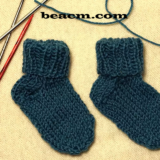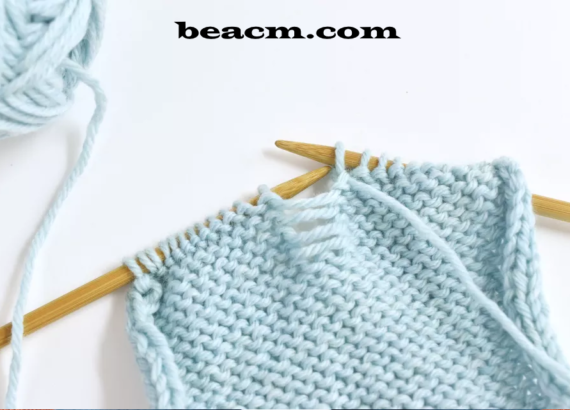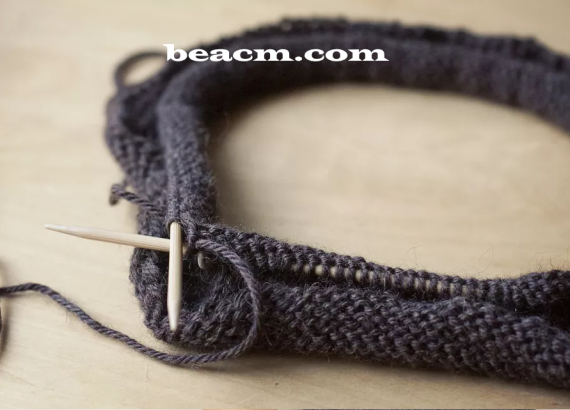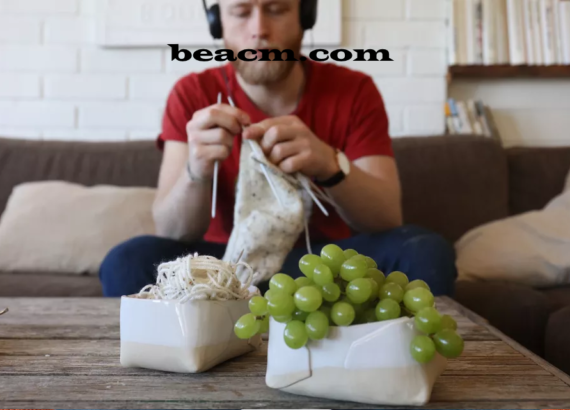Knit with double pointed needles

Knit with double pointed needles

Knitting with double-pointed needles (abbreviated DPNs) is a great way to knit circular objects with a small circumference such as socks and hat crowns. Although it is also possible to knit these things with round needles, it is very practical to know how to knit with colons in the round.
Juggling with multiple needles can be confusing and cumbersome at first. Here are some tips to make it a little easier.
Casting On
Casting on DPNs is probably the most difficult part for beginners. Usually you work with three or four needles and have a substitute for the actual knitting. Take your time for this part so that you have a good foundation for your project.
If you are working on double-pointed needles for knitting, only cast on one needle. You can then distribute the stitches to the other needles as required.
To move stitches from one needle to another, slide the cast-on stitches down so that the first cast-on stitch is near the end. Use the second needle to push the stitch onto the needle (as for cleaning).
Patterns usually indicate how many stitches should be on each needle. If not, get as close as possible to the same number of stitches on each needle.
Join your stitches in the round as you would in circular knitting. Make sure that all irregularities in the cast on edge face inwards and check that you do not have any twisted stitches before joining. An easy way to join is to replace the first cast on stitch with the last cast on stitch. However, there are many other methods.
Once you have distributed your stitches, you may want to place a stitch marker between the penultimate and last stitch on the last needle. This marks the end of the round. You can also simply use the cast-on tail as an indication of which needle is the end of your round.
Knitting with double pointed needles
The first or second knitting in the round with double pointed needles can feel quite uncomfortable, but go slowly and it will be easier.
To knit, hold the needle with the first stitches in your left hand and the empty needle in your right hand and knit as usual. When the needle in your left hand is empty, put it in your right hand and knit from the next needle on the left. Leave the remaining needles hanging while you work.
It is important to knit firmly when you change between needles. If the yarn between the needles is too loose, a gap will appear when knitting. This is generally referred to as laddering. To prevent this, you should pull a little harder on each needle during the first stitch. You can also regularly move one or two stitches from one needle to the next to change the position of the gap between the needles.
Some patterns require four double-pointed needles, while others require five. You can either really use as long as you understand how pattern directions that talk about needle numbers would change if you had more or less needles than the pattern requires.
Exit
Instead of making a tube, circular knitting with double pointed needles is often used to make something that is closed at one end, such as a hat or sock. For this reason the traditional method of tying is not used.
The pattern shows you how to finish the remaining stitches. This can be done by grafting or simply pushing the stitches from the needle onto a thread needle and pulling firmly.




